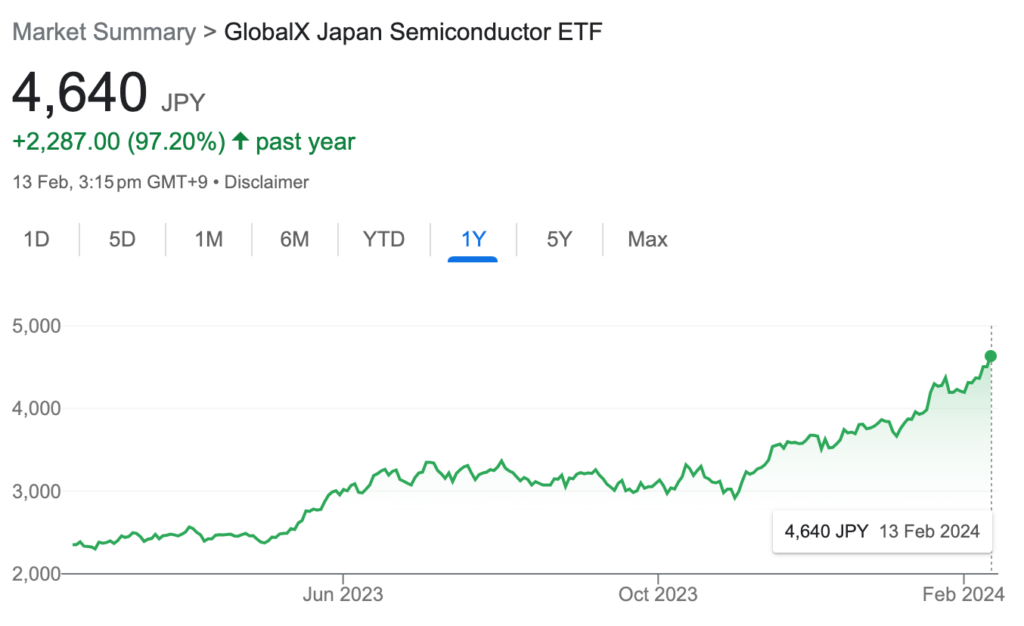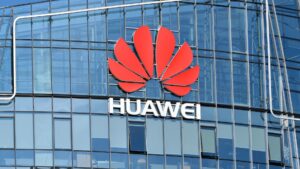The semiconductor, the heartbeat of modern technological applications, is increasingly intertwined with every aspect of daily life. From the smartphones in our pockets to the televisions in our living rooms, from the burgeoning fields of artificial intelligence (AI) and 5G to the vast expanse of the Internet of Things (IoT), semiconductors play a critical role. Amidst this technological revolution, Japan is making a remarkable comeback in the semiconductor arena, presenting a fertile ground for investors keen on tapping into the next wave of growth opportunities.
Japan’s Strategic Moves and Market Dynamics
The Development Bank of Japan (DBJ), backed by governmental support, has taken a monumental leap with a staggering investment exceeding 150 billion yen (approximately 1 billion USD). This investment is not just a financial maneuver but a strategic move to fortify the resilience of the supply chains critical to national security, including semiconductors and batteries. Starting from the fiscal year 2024, this two-year initiative will inject fresh capital and subordinated debt into the veins of the next-generation semiconductor, battery, and rare earth metal industries.
In a remarkable demonstration of commitment and confidence in the semiconductor sector, Japan’s six domestic semiconductor manufacturing equipment companies have forecasted a combined investment of 547 billion yen for the fiscal year 2023, marking a 1.7-fold increase over five years. This surge is propelled by domestic efforts and the active investments of foreign semiconductor giants like TSMC and Micron, heralding a new dawn for Japan’s equipment companies in technological innovation and capacity enhancement.
The impact of these investments can be reflected in the stock market. On 13 February 2024, the Nikkei 225 Index rose by 2.9% and closed at 37,963.97 points, leaving it just 2.5% away from its all-time high, and semiconductor stocks largely led the growth. Tokyo Electron, in particular, saw a historic 13% jump. This market enthusiasm is a testament to the strategic importance of semiconductors, further underscored by the performance of Softbank, which surged 6.3% following a bullish outlook for its nearly 90%-owned Arm Holdings.
The performance of Japan’s semiconductor stocks has been notably strong, reflecting the industry’s resilience and innovation. Companies like Tokyo Electron, Renesas Electronics, and ROHM Co., Ltd. have shown impressive growth, driven by strategic partnerships, government support, and a strong focus on research and development. For instance, ROHM’s collaboration with Toshiba to manufacture power devices underlines its commitment to enhancing supply capabilities and aligning with Japan’s goals to stabilize the semiconductor supply chain.
The current market dynamics offer a promising outlook for investors looking to capitalize on the opportunities within Japan’s semiconductor industry. The sector’s growth is bolstered by increasing global demand for semiconductors, driven by advancements in technology such as AI, IoT, and 5G. Investing in companies that demonstrate strong fundamentals, are beneficiaries of government initiatives, and are actively engaged in strategic partnerships can benefit from the sector’s growth. Moreover, staying informed about global semiconductor trends and focusing on long-term growth prospects are crucial for navigating this volatile yet rewarding market.

Why has Japan’s semiconductor industry come back now?
Japan’s initiative to develop local semiconductor supply chains and establish semiconductor hubs is not just about reclaiming the past. It’s about ensuring the supply chain reliability. With its advanced materials and manufacturing technologies, Japan’s semiconductor industry presents a strategic opportunity to diversify the global semiconductor supply chain, which Taiwan currently dominates. Especially in light of recent shortages during the COVID-19 and geopolitical tensions, Japan’s role in the industry is becoming increasingly significant. The country’s technological excellence, political and economic stability, and strong ties with the U.S. make it an attractive alternative for manufacturers seeking to mitigate risks associated with geographic concentration.
Additionally, Japan’s cultural and geographical proximity to Taiwan encourages Taiwanese companies to establish bases in Japan, further supporting the diversification and resilience of the global semiconductor supply network. This strategic shift enhances supply chain security and fosters innovation and collaboration within the semiconductor sector.
In conclusion, Japan’s semiconductor market is on the cusp of a renaissance, driven by strategic investments, government support, and a collective vision for the future. Japan is set to alter the industry landscape through its calculated moves in the semiconductor sector, cementing its role as a central figure in driving the next wave of technological advancements. This shift not only underscores the nation’s reinvigorated role in the semiconductor domain but also highlights the broader implications for global market dynamics and the future of technology.




